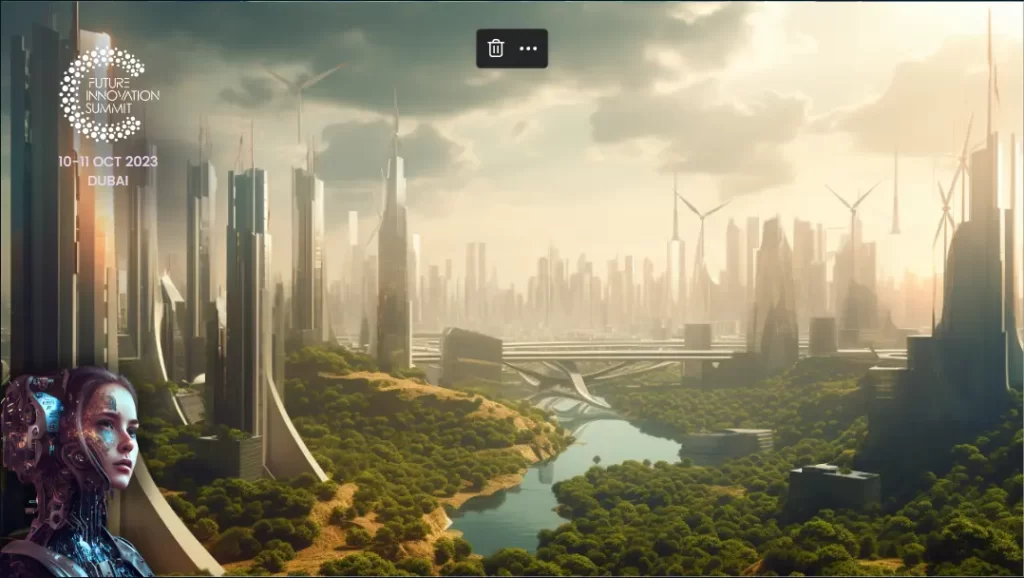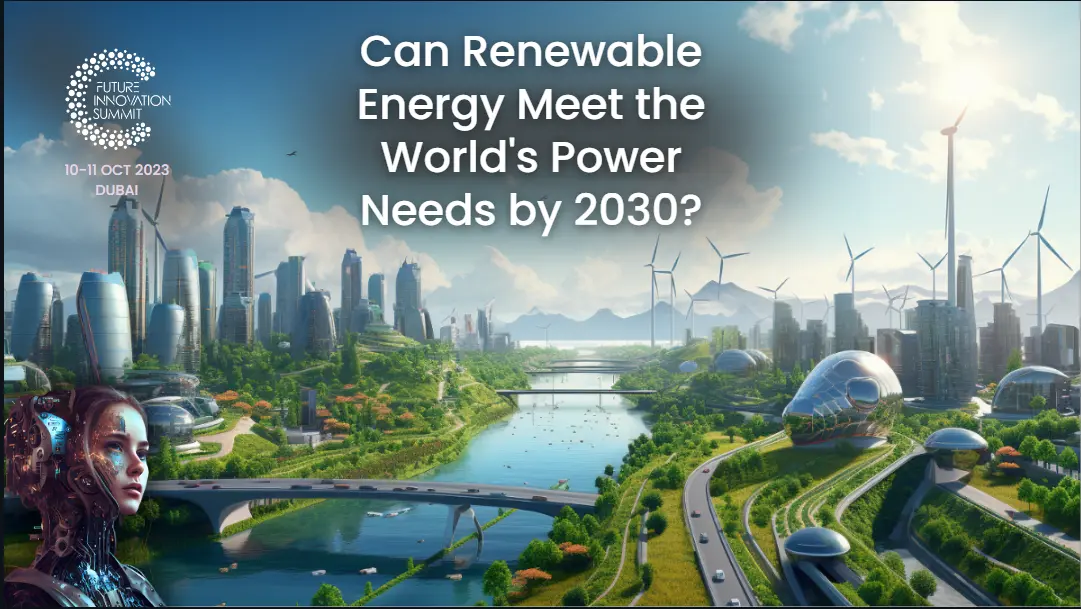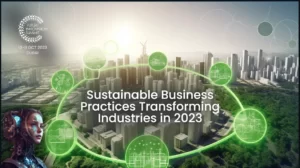The Potential of Renewable Energy
Research reports indicate that solar and wind energy sources can meet the world’s power needs. Shifting towards 100% renewable energy in all sectors, including electricity, heat, and transport, is technically and economically feasible. However, the real challenge lies in the transition process and the political will. This transition process needs to be carefully executed with solid political support.
Advancements in Renewable Energy Technologies
Technological advancements in renewable power sources are accelerating at an unprecedented rate. For instance, solar photovoltaic and wind technologies have seen substantial cost reductions and efficiency improvements over the last decade. They are now competitive with, or even cheaper than, fossil fuel-based power in many parts of the world.
Likewise, battery storage technologies have improved dramatically; This is crucial for harnessing and storing power from intermittent renewable sources like wind and solar. Efficient energy storage ensures power is available even when the sun isn’t shining, or the wind isn’t blowing.

The Role of Government and Policy
Government policy and politics will be critical in accelerating the shift towards renewable power. Feed-in tariffs, renewable portfolio standards, and carbon pricing have driven renewable energy adoption in many regions. But more aggressive policies and a global commitment are required to achieve 100% renewable power by 2030.
For instance, governments can invest more in renewable energy research and development, offer incentives for renewable energy projects, and phase out subsidies for fossil fuels. Furthermore, a favorable regulatory environment can encourage private sector investment in renewable power.
Challenges and Hurdles
While the transition to 100% renewable power is technically and economically feasible, several challenges can be overcome. These include the intermittency of renewable energy sources, the need for a massive overhaul of existing power infrastructure, and the geopolitical implications of shifting away from fossil fuels.
Despite these challenges, the transition is necessary for environmental reasons and makes economic sense. According to a study published in the journal “Joule,” shifting to 100% renewable power by 2030 could save the global economy up to $160 trillion over the next 30 years in health and climate costs.
The Road Ahead
In conclusion, the potential of renewable energy to meet the world’s power needs by 2030 is undeniable. However, realizing this potential requires concerted effort and commitment from all stakeholders – governments, businesses, and individuals. It’s a challenging, achievable goal that will benefit our planet, economies, and societies. The road towards 100% renewable energy might be long and full of obstacles, but the rewards are worth the effort.

The Path Towards Decarbonization
The goal of transitioning to renewable power is closely tied to the broader aim of decarbonizing the global economy. Here are some critical steps:
- Increase Energy Efficiency: The first step towards a sustainable future is to increase energy efficiency in every sector, from buildings and transportation to industrial processes. Improving energy efficiency can significantly reduce the total energy demand.
- Electrify Everything: This means transitioning technologies that currently run on fossil fuels to run on electricity, like heating systems and vehicles. Once everything is electrified, it’s much easier to power the world with renewable power.
- Clean Up the Grid: Transitioning to renewable power means cleaning the power grid; This can be achieved by expanding wind and solar power generation, improving energy storage technologies, and investing in innovative grid technologies.
- Invest in Research and Development: Continued innovation is vital to overcoming the technical challenges associated with renewable power, such as energy storage and integrating renewable power into the power grid.
- Policy Support: Government policies and regulations are critical in supporting the transition to renewable power; This can include everything from direct subsidies and tax incentives for renewable energy to carbon pricing mechanisms to rules that encourage energy efficiency.
Case Studies – Renewable Energy
There are already examples of countries and regions making significant strides towards 100% renewable power:
- Iceland: This island nation is already running on 100% renewable energy, thanks to its geothermal and hydropower resources.
- Germany: Through its Energiewende (“energy turnaround”) policy, Germany has significantly increased its capacity. On certain sunny and windy days, the country’s renewable energy production exceeds its total power demand.
- California: This US state has set a goal to reach 100% renewable electricity by 2045. California’s efforts show that even large, diverse economies can transition to renewable power.

Conclusion
Meeting the world’s power needs with renewable energy by 2030 is a challenging but achievable goal. It will require concerted efforts from individuals, governments, and businesses. With the right combination of technological innovation, policy support, and societal commitment, a 100% renewable power future is within our reach.
- Summit topics: AI – Sustainability – EduTech – HelthTech – FinTech
- Visit our LinkedIn page.
- Images are generated by AI.










